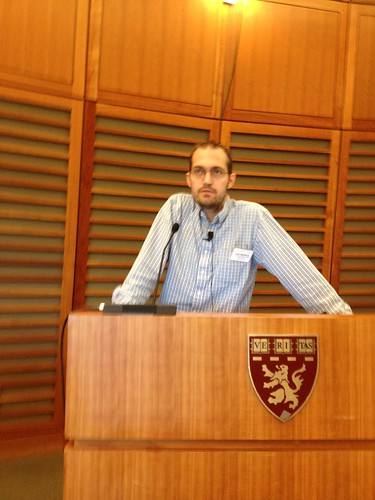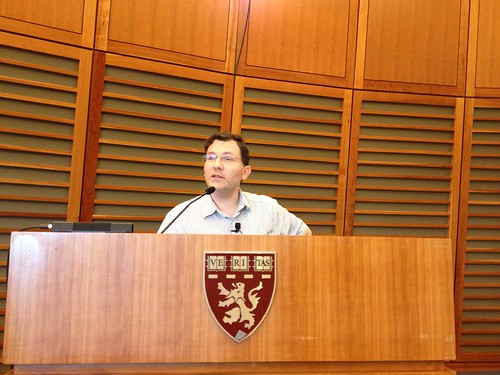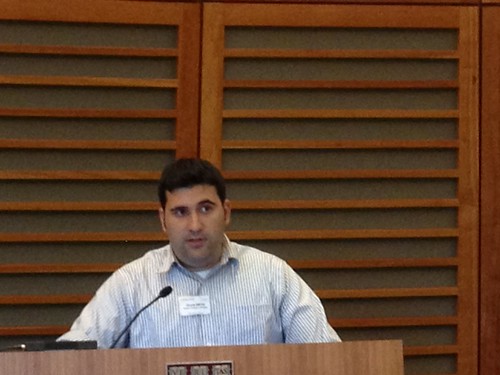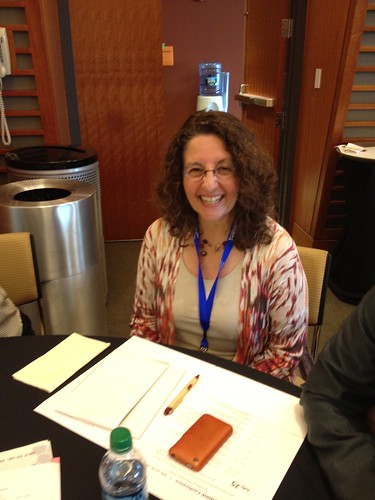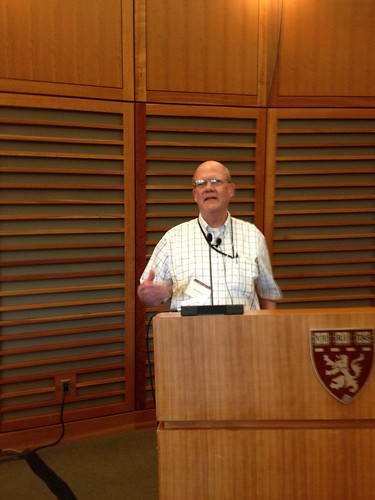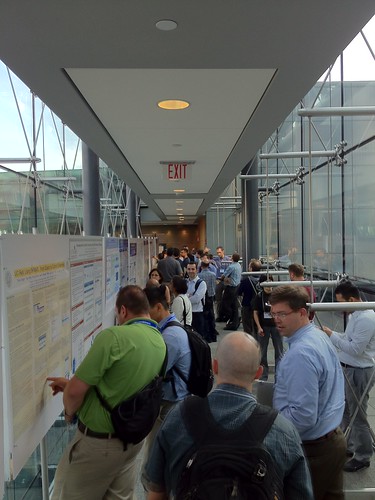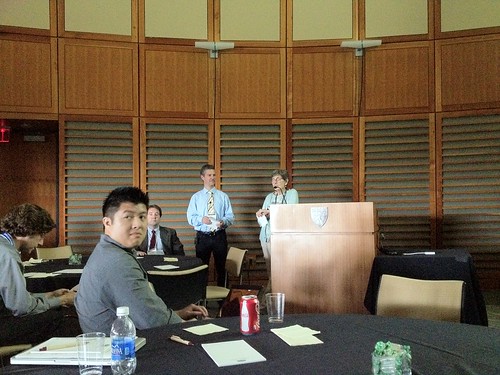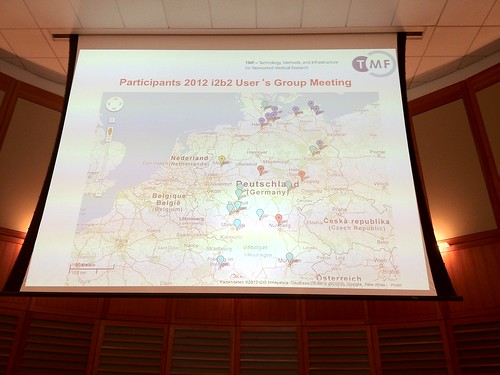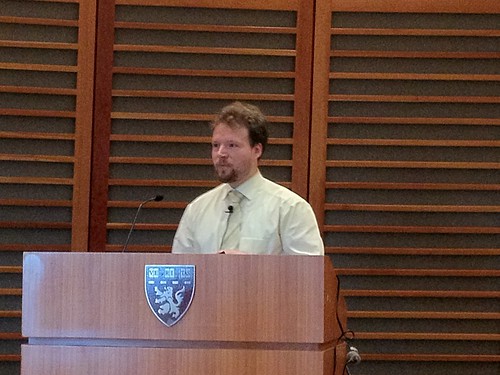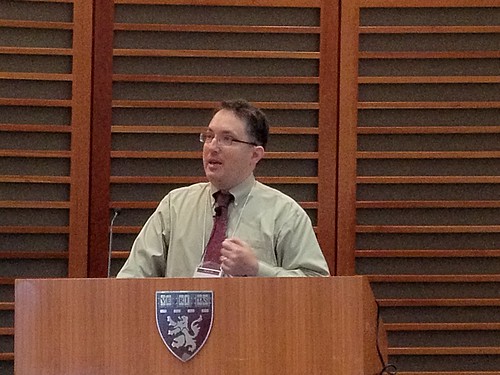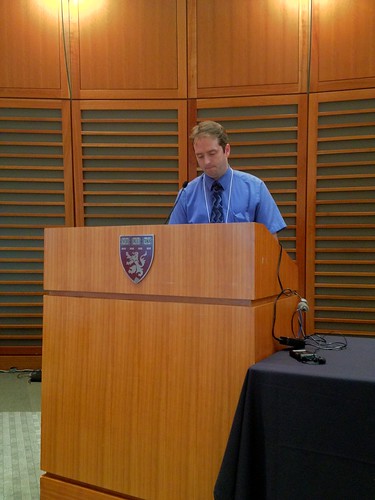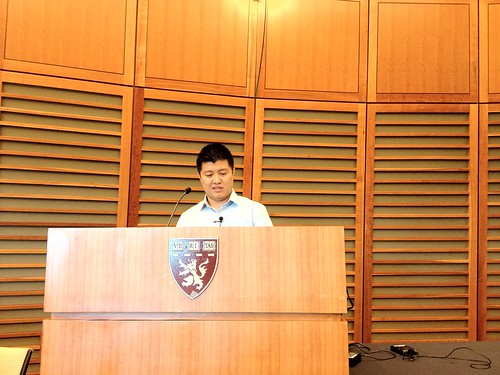Mark Overhage, formerly of the Regenstrief Institute and now of Siemens gave the keynote. He emphasized what can be done today with Big Data and how much of it can (and cannot) be extracted from observational data from healthcare. He cast the challenge of analysis in the context of accountable care. He also reviewed how the coarse grained guidelines often can run counter to the best population-evidence-based decision models.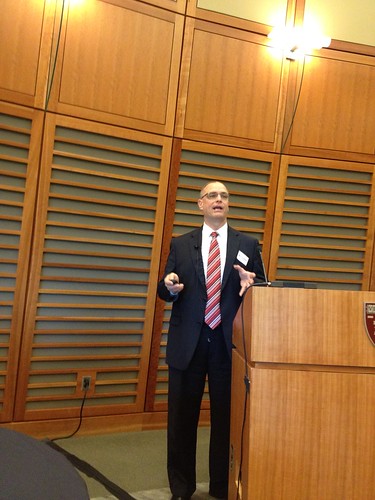
Keith Marsolo described the comprehensive efforts at CCHMC to harness healthcare data to improve quality and then how he has employed the SHRINE infrastructure to allow for large inter institutional registries (particularly in Inflammatory Bowel Disease).
Mark Natter described the value of large registries and illustrated how to create these cost-effectively using SHRINE for the CARRAnet pediatric rheumatological disease registry.
David Ortiz then described the technical details of the self-scaling system that implements for the CARRAnet SHRINE.
Rebecca Miksad described her provocative study of IBD, colon cancer and diabetes using SHRINE.
Lisa Dahm described the very impressive 11 million patient UCReX SHRINE Implementation that is currently likely the largest near-real-time clinical patient data resource.
John Hutton summarized what it takes for an institution like Cincinatti Childrens Hospital Medical Center to participate in the eMERGE network (along with Boston Children's Hospital) using the SHRINE mechanism as a means to provide real-time phenotyping for genomic studies.
Day 2 SHRINE Meeting
There was a highly productive conversation about what it will take to scale SHRINE for clinical trials nationwide. We had a longer agenda but there was so much interest in the regulatory implications, in the different network topology, different loci of control, different levels of identification, different models of user registration, different models of reduplication of patient identities.
.
